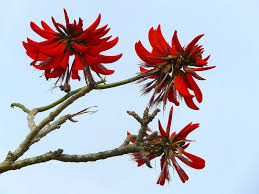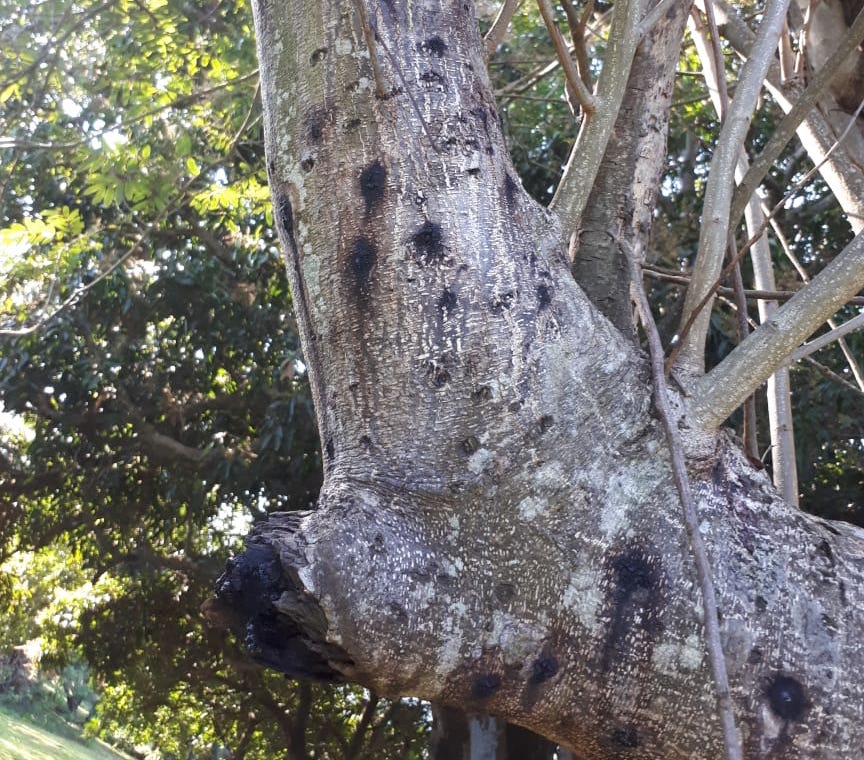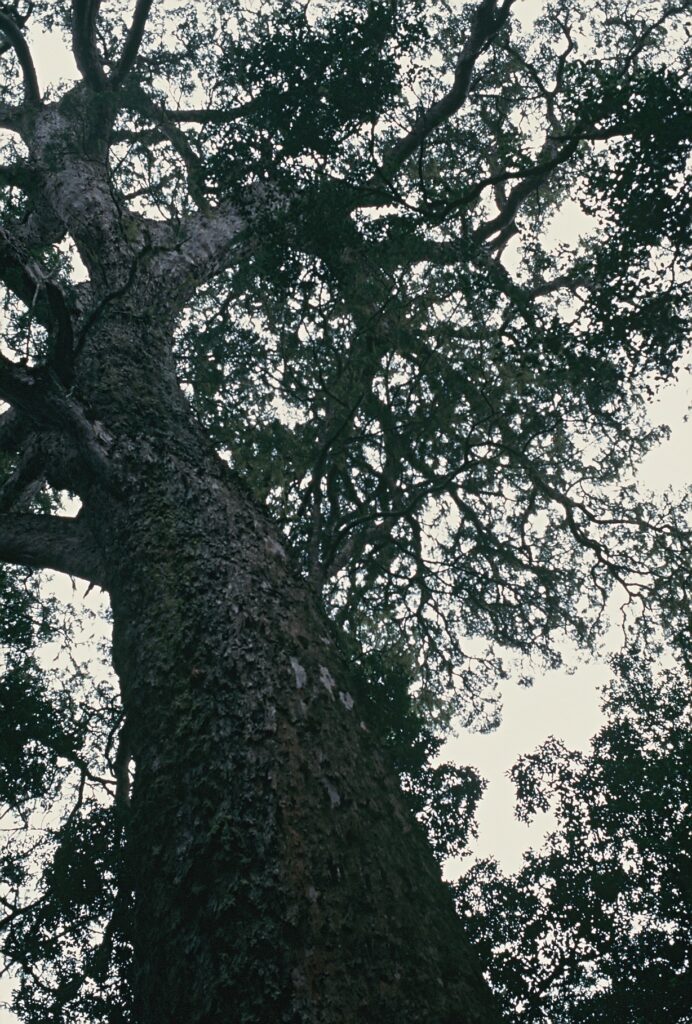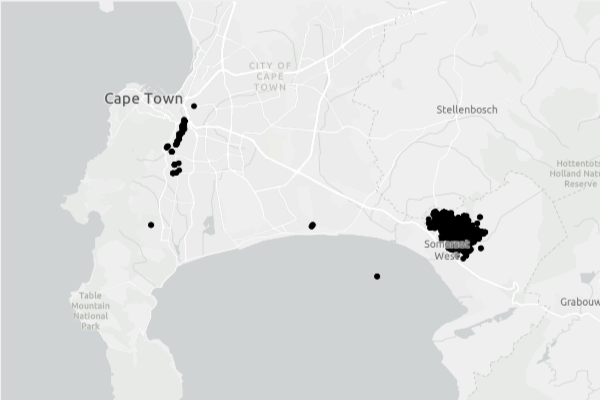
Introductions of bark and ambrosia beetles (Coleoptera: Curculionidae, Scolytinae) have significantly increased over the past century. Surveys conducted at borders and ports of entry around the world have shown the majority of beetles intercepted were scolytines. These insects are highly destructive on their own. Also, they can carry pathogenic fungal symbionts that can have devastating effects on the trees they attack.
One or more species in a complex in the Euwallacea genus have become established in countries around the world. One of these, the polyphagous shot hole borer (Euwallacea fornicatus; PSHB) and its associated fungus (renamed from Fusarium euwallaceae to Neocosmospora euwallaceae) is threatening havoc in South Africa about a decade after its establishment (Townsend, Hill, Hurley, and Roets. 2025).
Over this brief period PSHB/Fusarium disease has spread from two introduction sites – Pietermaritzburg, in KwaZulu-Natal Province, and Cape Town, in Western Cape Province – to all but one of the country’s nine provinces. It has become established in four of five forest types studied – Afrotemperate, coastal, sand, and swamp forests. It has not established in mangrove forests. (The Western Cape Province is home to its own “floral kingdom”. The kingdom’s charactersitic fynbos flora is a heathland habitat, not a forest one.)
Townsend and colleagues established a network of 78 monitoring plots in the Western Cape and KwaZulu-Natal provinces. The sites reflected a variety of natural and human impacts.

By monitoring these plots over five years (2019 – 2024), Townsend and colleagues have demonstrated that the beetle/fungus complex and resulting “Fusarium disease” is spreading and intensifying. The number of infected trees rose from 100 to 176 over the five years – a mean increase of 0.6% per year. The number of PSHB entry holes increased by over 10% annually. The number of plots containing infected trees roughly doubled from 23 in 2019 (29% of the 78 plots) to 48 (60%) in 2023.
By the end of the study, 29% of the 148 species sampled had been infected. This represented 43 species and 7 unidentified trees infected. Trees of eight native species died, , although one — Diospyros glabra (Ebenaceae) – resprouted after the main bole died.
In addition to the eight species known to suffer mortality, another 18 species were found to be able to support PSHB reproduction. Townsend and colleagues worry that, as the infestation spreads and intensifies, some of these species might also succumb. They mention specifically Erythrina caffra (coral tree), which is prevalent in coastal forest ecosystems across South Africa.
Most of the hosts are in the same families as those identified earlier by Lynch et al. (2021), e.g., Ebenaceae, Fagaceae, Fabaceae, Malvaceae, Podocarpaceae, Rutaceae, Sapindaceae and Stilbaceae.
Disease progress, speed of death, and visibility of symptoms varied not only between species, but sometimes among individuals of the same species. Some trees died rapidly. Townsend and colleagues say it is impossible to predict which individuals will succumb to infection.
There is, though, a clear frequency-dependent relationship between trees and beetles. Sites with higher relative abundance of host trees also had a higher proportion of infected trees, on average. The number of PSHB holes per species and per plot both increased to a larger extent at these same sites.
Individual trees’ traits influenced the severity of infestations (measured by the number of PSHB entry holes). Larger trees, those with a less healthy canopy, and those farther from a water source suffered more attacks. (This last finding differs from others’; Townsend et al. speculate that in the absence of flood-stressed trees, drought-stressed trees might be more attractive to ambrosia beetles.)

Characteristics of the monitoring plots also affected disease progression. Higher proportions of trees became infected when they grew in plots that were closer to source populations, or that contained a higher proportion of host species as distinct from non-host species. The proportion of trees infected decreased in plots with higher tree densities or tree species richness.
As of 2023, “Fusarium disease” is more widespread and intense in KwaZulu-Natal than in the Western Cape. In KwaZulu-Natal 0.11% of monitored trees are infected compared to 0.06% in the Western Cape. The number of infected trees rose twice as fast over the five years in KwaZulu-Natal – ~6%, than in Western Cape – 3%. While all KwaZulu-Natal plots contained infected trees, three of 11 monitoring sites in the Western Cape did not. Townsend and colleagues believe that the most likely explanation is that PSHB arrived in KwaZulu-Natal earlier (as far back as 2012 as opposed to 2017 in Western Cape). Another possible factor is that source populations of infected trees are indigenous trees within the forest in KwaZulu-Natal whereas, in the Western Cape, they are often non-native trees planted in urban areas far from the study plots. Also, forests in KwaZulu-Natal are fragmented while, in Western Cape, the study forests are nearly contiguous. Townsend et al. conclude that the disease will spread and intensify in Western Cape as additional source populations become established in the forest.

As of 2023, the proportion of trees infected appears to be small — 7.6% of the 2,313 trees monitored. Only 11 trees in the monitored plots have died. However, the longer PSHB is active in the environment the more trees it will infest, the higher its impact will be on hosts, and the higher the number of dispersing individuals produced. This will substantially increase the chances and rates of additional areas becoming infected, especially in areas close to infestations – e.g., cities. They fear that in the future impacts will increase as progressively more competent host individuals are infected. Therefore, they emphasize the importance of mitigating PSHB increase in natural ecosystems, even in already infected areas.
Townsend and colleagues urge phytosanitary officials and resource managers to prioritize surveillance and management on the families containing several host species (above) and within plant communities in which they predominate. Managers must also be alert to new reproductive hosts for the beetle that appear as the infestation spreads and intensifies.
The situation could be worse than described; the Townsend et al. study did not examine how the invasion might affect eco-regions outside these two provinces. Because the PSHB has such a broad host range, hosts can die quickly, and South Africa provides ideal climatic conditions, this bioinvader could cause severe ecological effects on most indigenous forest types as well as agriculture and urban trees throughout Africa.
SOURCES
Lynch, S.C., A. Escalen, and G.S. Gilbert. 2021. Host evolutionary relationships explain tree mortality caused by a generalist pest-pathogen complex. Evol Appl 14:1083 – 1094. https://doi.org/10.1111/eva.13182
Townsend, G., M. Hill, B.P. Hurley, and F. Roets 2025. Escalating threat: increasing impact of the polyphagous shot hole borer beetle, Euwallacea fornicatus, in nearly all major South African forest types. Biol Invasions (2025) 27:88 https://doi.org/10.1007/s10530-025-03551-2
Posted by Faith Campbell
We welcome comments that supplement or correct factual information, suggest new approaches, or promote thoughtful consideration. We post comments that disagree with us — but not those we judge to be not civil or inflammatory.
For a detailed discussion of the policies and practices that have allowed these pests to enter and spread – and that do not promote effective restoration strategies – review the Fading Forests report at https://treeimprovement.tennessee.edu/
or